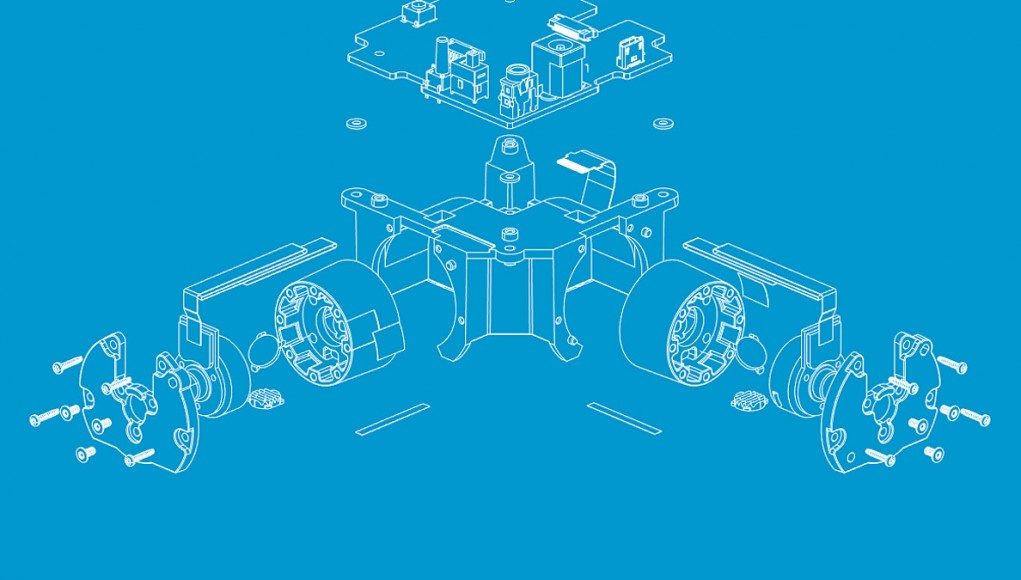Valve have revealed that their room-scale tracking technology SteamVR has now been licensed to over 300 companies, many of which plan to release products integrating the tech in 2017.
Valve’s pseudo-annual developer focused event ‘Steam Dev Days’ will kick off tomorrow and the gaming giant has already teased some of what attendees at the Seattle based show will see. Running for two days at the Washington State Convention Centre, the event is developers-only for the most part with no press access.
According to a press release from Valve, the company are gearing up to show off “new VR peripherals” which will be made available for “demonstration and design collaboration with attendees.” Precisely what these peripherals are we don’t know, but Valve states that its SteamVR Tracking tech, the laser-based system which provides room-scale tracking capabilities to the HTC Vive, now has over 300 companies signed up as licensees for technology.
It seems Valve’s vision for SteamVR tracking uses is broad to say the least, with the company claiming that those 300 licensees span multiple, somewhat disparate industries ranging from “entertainment VR to automotive to televisions and toys.” Further, Valve says we can look forward to seeing many of these products appear in 2017.
Valve had been promising to open up its tracking technology to third parties for some time and finally announced a program in August offering both a royalty-free licensing model and developer kit to licensees looking to add integration. While the company doesn’t directly charge any fees to use the technology, they do insist that licensees attend a training course priced at $3,000 to learn the ins and outs of the technology.
Shortly after the announcement that the SteamVR Tracking technology would finally begin to open up to third-parties, semiconductor firm Triad Semiconductor announced that it was collaborating with Valve to create the ‘light to digital’ chips that form an important foundation of the sensors and make the impressively accurate tracking and which Valve recommends for use in products integrating SteamVR Tracking.
For Oculus’ part, the company has said previously that they planned to open up their own ‘Constellation’ tracking technology to third parties but hasn’t announced any progress on that effort for more than a year.
Valve meanwhile has said that they want to make SteamVR Tracking ubiquitous, ‘like wifi’, and seems in the best position so far to make that happen.







